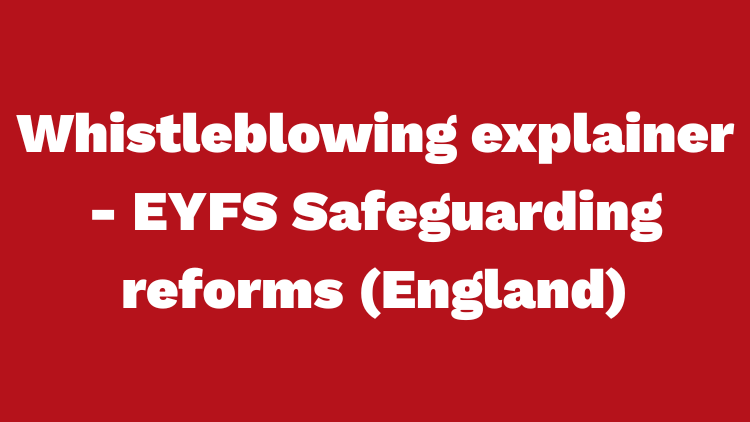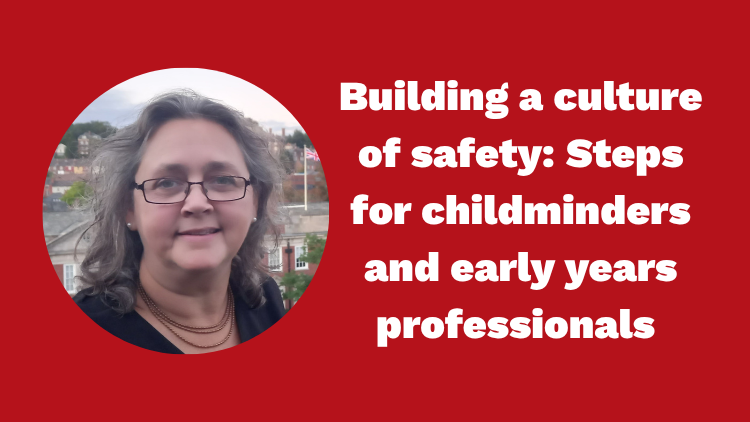Helen Battelley MA
Movement is deeply embedded in the core of early childhood development. From the development of the vestibular system in utero, to the instinctive urge to explore the world during infancy, movement is essential for children’s growth. However, we are witnessing a global decline in children’s physical activity, which has detrimental effects on their overall physical development.
As an early childhood physical development expert, I have observed how developmental delays in movement often cascade into other areas of learning – communication, attention, coordination, and social skills among them. This is a call for action for all stakeholders, from parents to educators, to recognise the responsibility they hold in shaping children’s behaviours and attitudes towards physical activity.
Reflecting on Your Role in Physical Activity
As adults involved in children’s lives, it is crucial to reflect on our relationship with physical activity. Some important questions include:
- Do you rely on instructional videos for physical education? What message does this send to children?
- Are movement and play part of your learning environment?
- Is your classroom designed to encourage movement, or does it constrain children’s ability to be active?
- Do you facilitate or limit opportunities for movement?
- What language is used in your setting? Sit still? Be quiet? No running? Reflect in this language and subliminal messaging.
Observing children engaged in physical ‘flow’ – the state of complete immersion in an activity – is a common experience in early years settings. However, these opportunities are often interrupted by rigidly scheduled activities like phonics, literacy, or numeracy programs, which can detract from the multi-sensory, integrated nature of learning.
The Role of Neuroscience in Movement
Advances in neuroscience underscore the importance of movement in early childhood. Rapid brain growth during this period requires children to have time and space to refine their physical skills. Myelination – the process that speeds up neural connections – is driven by repeated motor activities. These neural developments form the foundation for all future learning. Understanding that physical movement supports brain development reinforces the need for multi-sensory learning opportunities.
Simple Activities to Support Motor Movement
Here are some effective activities to increase motor movement in children, while keeping learning developmentally appropriate:
- Know Your Children: Tailor activities to each child’s developmental stage, considering their individual needs and cultural context.
- Assess Your Environment: Ensure safety and allow for more movement by rearranging spaces, such as removing tables, opening doors to outdoors, and incorporating loose parts like tunnels or recycled materials.
- Step Back and Observe: Allow children the freedom to explore solutions without interference, giving them the chance to solve problems independently.
- Action Songs and Rhymes: Encourage children to engage in whole-body movements while singing, standing up, and making actions bigger.
- Natural and Recycled Materials: Use cost-effective materials like cardboard boxes or bubble wrap to encourage imaginative play and create a calming, neutral-coloured environment.
- Simple Movements: Focus on mastering isolated movements, like marching or jumping, before progressing to more complex combinations.
- Body Mapping: Help children understand their bodies through games like Simon Says or balancing beanbags on different body parts.
- Balls and Bubbles: Offer a variety of ball types for sensory motor stimulation and use bubbles to develop hand-eye coordination and lung strength.
- Music and Movement: Incorporate music to motivate children and enhance their physical activity, language, and social skills through free movement.
- Parental Engagement: Keep parents informed about physical activity guidelines (see below) and suggest family-friendly activities to encourage movement at home.
- Animal Imitation: Encourage children to mimic animals, exploring different movement patterns.
- Lead by Example: Reduce your own sedentary time and be a role model for active living.
- Movement Vocabulary: Introduce words like zigzag, leap, stomp, or slither to enrich children’s understanding of movement.
- Story Movements: Bring stories to life by adding physical gestures and actions to the narrative.
- Staff Development: Invest in continuous professional development (CPD) to support staff wellbeing and their ability to promote physical activity.
- Canopy Movement Experience: Provide a range of physical activities that challenge children’s proprioceptive, interoceptive and vestibular systems, such as pushing, pulling, climbing, and crawling.
By incorporating these activities, educators and caregivers can foster an environment where physical movement is celebrated, promoted, and integrated into everyday learning, supporting children’s overall development and future wellbeing.an educator finding the time to fit all the curriculum requirements into our timetable can be challenging, but I urge you to reflect on the above points and reassess both your relationship with physical activity and how you demonstrate and display such behaviours in the company of young children.
Resources
- Physical activity for Early Years – Its vital role explained | Learning and Development | Teach Early Years
- ‘My child can’t write yet’: The foundations of early writing (thevoiceofearlychildhood.com)
- Herts Mini Movers Introduction (youtube.com)
- Why Move! – Children’s Physical Activity – Music + Movement (musicandmovement.org.uk)
- Video Tutorials – Music + Movement (musicandmovement.org.uk)
- Reception PE games – Weather, garden and animal ideas – Teachwire
About Helen
Helen Battelley is an internationally renowned consultant, trainer, author and speaker in Physical activity/movement play in Early Education with an MA in Early Childhood Studies (Physical Activity and Movement). Her training style is energetic, passionate and highly motivational. Helen is respected globally for her valued contribution to raising the profile of early years physical activity and reducing sedentary behaviours.
Helen is chair of the national early years active start partnership (NEYASP) comprising a wide range of stakeholders in the sector who have extensive experience and expertise in the field of EY PD, sport and movement play. NEYASP are taking positive action to inform and support policy makers and inspection bodies to ensure the sector is taking an evidence-informed approach and valuing the place of physical development in a child’s life, right from the moment they enter the world!
In 2024 Helen was the movement consultant for ‘Animal Movers and Mini Me’ a series for young children on SKY TV. The series will be released on Sky later in 2024. This year also saw the release of the Physical Activity Adventure Pack (PAAP), a scheme of work developed specifically for early years children, drawing on developmentally appropriate practice, movement play and aligned with the DfE’s Early Years Foundation Stage Profile. The scheme was co-created by Helen and Brianne Pearson.
Should you wish to know more about my work or discuss working together, please do not hesitate to make contact.



